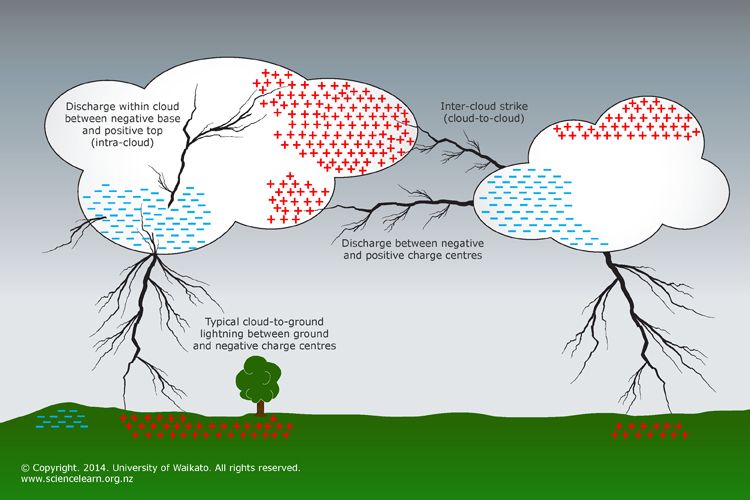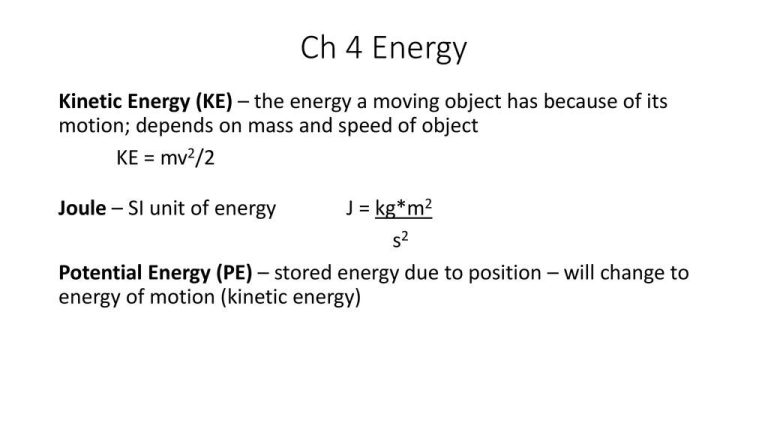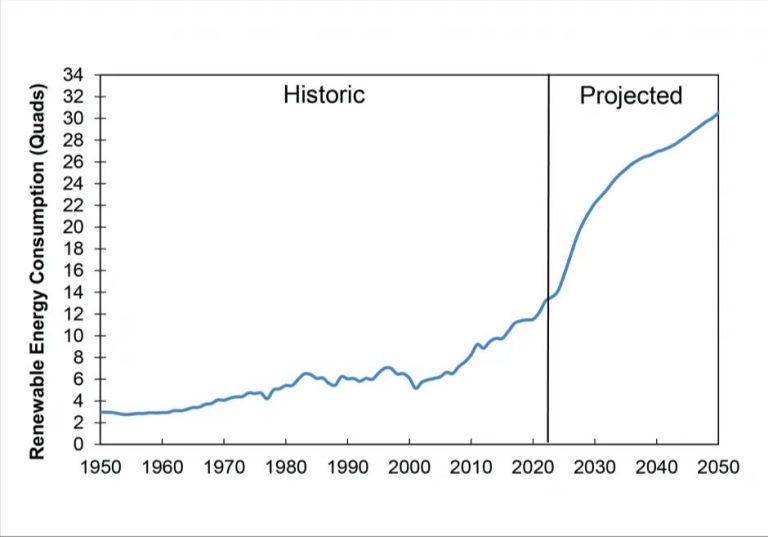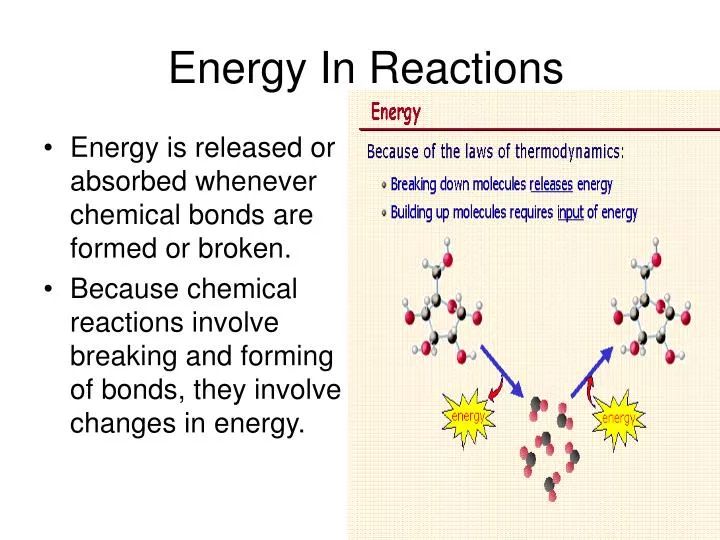Is Lightning A Static Or Current Electricity?
Lightning is a powerful natural electrical phenomenon that has fascinated humans throughout history. Ancient mythologies and cultures attributed supernatural origins or divine purpose to lightning and thunderstorms. In science, understanding the true electrical nature of lightning has been a subject of ongoing research and discovery. At its core, lightning arises from a complex interplay of electric charge, electric potential and sudden discharge between clouds and the ground. Though visually striking and applying huge amounts of energy in brief bursts, lightning is governed by fundamental laws of physics and electrical flow. Today, scientists can detect and measure numerous electrical properties of lightning. An enduring point of inquiry has been whether lightning constitutes a form of static or current electricity. This article will provide an overview of how lightning forms, key electrical parameters, and the evidence pointing to lightning as a form of current electricity.
Static vs Current Electricity
Electricity comes in two main forms: static electricity and current electricity. Static electricity refers to electric charges that build up on surfaces or objects, but do not flow continuously. For example, when you rub a balloon on your hair, it builds up extra electrons, giving it a static charge. Current electricity, on the other hand, refers to the continuous flow of electric charges. This flow of charges is what powers electric circuits, appliances and lighting.
The key difference is that static electricity represents stationary electric charges, while current electricity refers to moving charges. Static charges typically build up through contact, friction or induction, while current electricity requires a closed loop or circuit for charges to flow.
While both static and current electricity involve electrons, only current electricity utilizes the movement of electrons along a conductor. This movement or flow of charges is called an electric current. Static electricity represents charges that are at rest.
How Lightning is Formed
Lightning is formed inside thunderclouds. Thunderclouds contain turbulent air currents, with updrafts and downdrafts, that cause particles of ice and water droplets to bump into each other. This collision of particles leads to a separation of electric charges, with the positive charges clustering higher up in the cloud and the negative charges clustering lower down.
As more and more charge separation occurs, an enormous electrical potential builds up within the cloud. The negative charges at the bottom of the cloud induce an opposite positive charge on the ground and tall objects below. When the voltage difference between the negative charges in the cloud and positive charges on the ground grows strong enough, a lightning discharge occurs in an attempt to equalize this difference.
Electric Potential in Thunderclouds
The electric potential in thunderclouds plays a key role in the formation of lightning. As a thundercloud develops, water and ice particles collide within the turbulent cloud. These collisions cause the particles to become electrically charged through a process called the triboelectric effect. The ice and water particles separate with ice gaining a positive charge and water gaining a negative charge.
Updrafts within the cloud carry the lighter ice particles upwards while the heavier water droplets sink downwards. This creates a separation of charge within the cloud, with the top portion becoming positively charged and the bottom portion becoming negatively charged. The resulting electric field between the positive and negative charge regions can reach strengths of over 100 kV/m.
This strong electric field leads to a large difference in electric potential between the top and bottom of the cloud. Scientists have estimated this potential difference can exceed 100 million volts! These intense electric fields eventually break down the insulating properties of the air through a process called dielectric breakdown, allowing lightning to form as a massive spark of electricity between the regions of opposite polarity.
The Lightning Discharge

Lightning begins when strong updrafts within a storm cloud cause water droplets and ice crystals to collide. This collision causes the separation of positive and negative charges, with the positive charges grouping at the top of the cloud and the negative charges at the bottom.
As the negative charge at the bottom of the cloud gets stronger, it induces an opposite positive charge on the ground or objects below. When the electric field is strong enough, a conductive channel forms between the negative charge region in the cloud and the positive charge region in the ground.
This conductive channel is called the stepped leader and descends in steps of about 50 meters towards the ground. When the stepped leader gets close enough, streamers form on the ground which reach upwards towards the leader.
When the stepped leader connects with a streamer, the first return stroke flashes upwards along the same path. This return stroke releases the charge built up during the stepped leader and is the visible lightning flash we see.
After the first return stroke, subsequent return strokes may traverse the channel with diminishing charge. This explains the flickering effect of lightning.
Lightning Behaves Like Current
One of the key pieces of evidence that lightning behaves like a current electricity rather than a static discharge is that lightning involves the flow of electric charge from one location to another. As a storm cloud builds up an electric potential difference between different regions, an electrical breakdown occurs, allowing charge to flow and neutralize the difference in potential.
This flow of electrons through the air constitutes an electric current. While static discharges may involve some minimal and localized current flow, lightning involves sustained current flow over a longer distance and duration. Modern measurements have detected current pulses in lightning strikes that transfer tens of thousands of amperes of current.
The bidirectional transfer and neutralization of charge is a signature of a current flow. This is very different than a static discharge which only transfers charge in one direction before equilibrium is reached. So the continuity and directionality of the charge transfer confirms the current nature of lightning.
Measuring Current in Lightning
Scientists use specialized instruments to measure the current in lightning discharges. One such instrument is a magnetic loop antenna, which measures the magnetic field produced by the current flow. As the lightning current passes through the loop, it induces a voltage that can be measured and correlated to the current value.
Another technique involves measuring the lightning channel temperature. High current causes significant heating of the air in the lightning path. By spectroscopically measuring the plasma temperature during the return stroke, scientists can estimate the peak current value.
Typical peak current measurements for cloud-to-ground lightning are in the range of 30,000 to 50,000 amperes. However, values over 100,000 amperes have been measured on occasion. For comparison, household electrical wiring carries no more than 15-20 amperes. So a lightning flash concentrates a huge amount of current into a small channel, confirming that lightning is indeed an example of current electricity.
Other Evidence of Current
In addition to measurements of current, there are other observable effects that demonstrate lightning behaves as a flow of electric current rather than a static discharge. When lightning strikes near electrical equipment or appliances, it can power them by inducing current flow. For example, there are many reports of lightning powering TVs and radios, sometimes even appliances that were unplugged at the time. The current from a nearby lightning strike can also induce power surges by overloading electrical systems. These surges can damage electronics and destroy electrical transformers if the current is strong enough. The ability of lightning to power appliances and cause electrical issues in this manner provides clear evidence that it consists of flowing current electricity, not a simple static discharge.
Static Electricity Comparison
Lightning behaves very differently from the static electricity buildup we experience in our daily lives. When you rub your feet on a carpet and touch a doorknob, giving yourself a static shock, that is a static discharge. It’s just electrons briefly jumping from one object to another to equalize charge.
But lightning is not a simple static discharge. It involves much higher voltages and a massive flow of electric current between the clouds and ground. While static electricity might measure in the thousands of volts, a lightning bolt starts with millions of volts of potential in the thundercloud. This enables a powerful electric current to flow.
The static shock we receive from carpet is a one-time discharge. But a lightning strike contains multiple return strokes of current pulses. This rapid flow of electrons in huge quantities is why lightning can be incredibly destructive. Overall, lightning behaves far more like a current than a simple static discharge.
Conclusion
In summary, the evidence shows that lightning behaves as a flow of electric current, rather than manifesting as static electricity. The key points are:
- Thunderclouds build up enormous electric potential between the positively charged upper layers and negatively charged lower layers.
- This potential seeks to equalize through lightning discharges that act as momentary “wires” conducting current between the layers.
- Current has been directly measured in lightning strikes, confirming they transport charged particles.
- Other evidence like electromagnetic pulses, heating effects, and damage to objects points to lightning working as current.
- Static discharges do not show these definitive signs of current flow.
In conclusion, while lightning initiation may involve some static buildup of charge, the lightning strike itself and its various effects demonstrate that it fundamentally acts as an electric current between clouds and earth, rather than simply as a static discharge.





